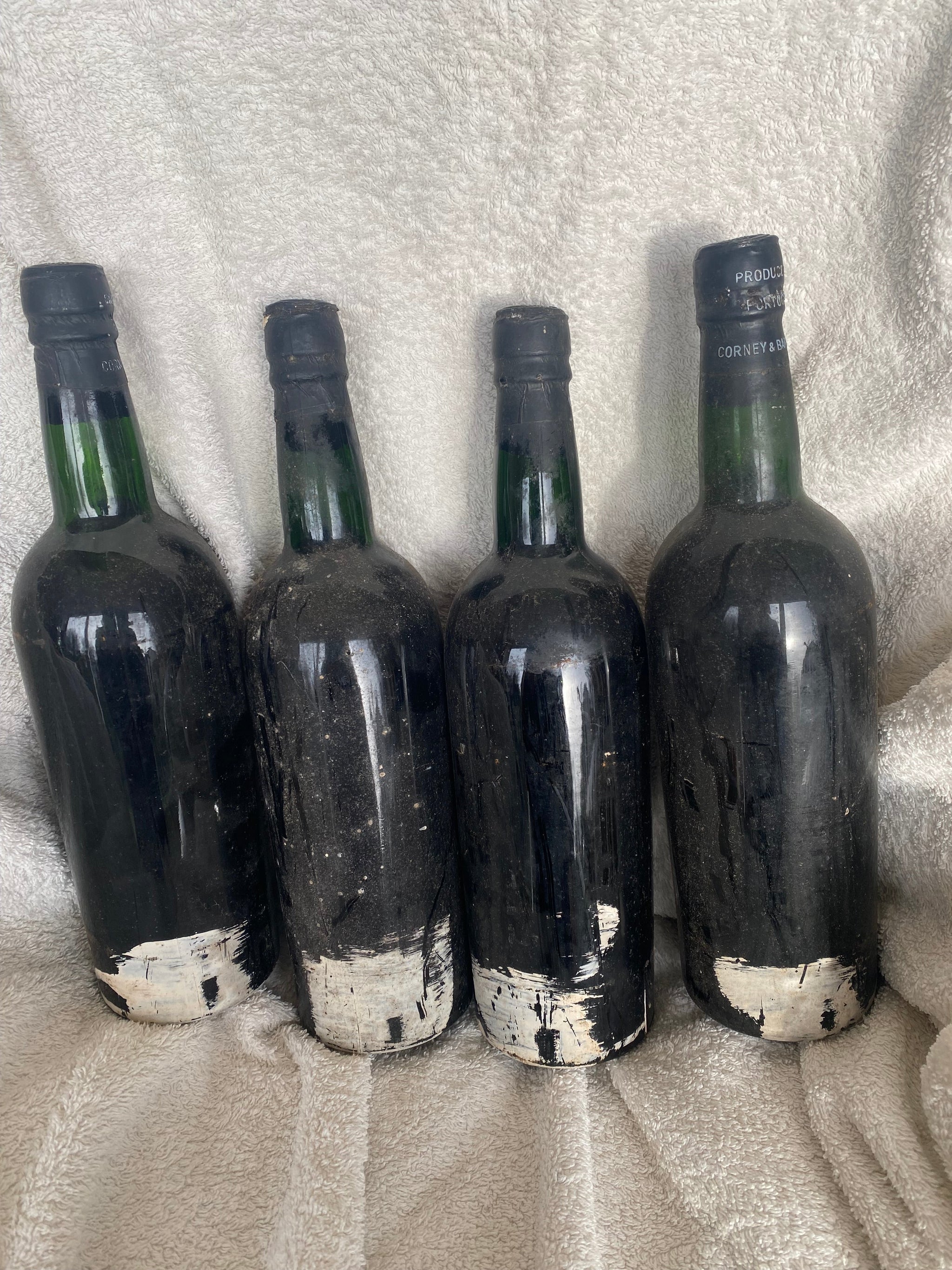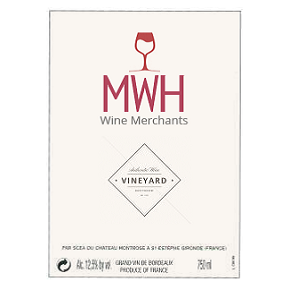Mention Port to most wine lovers, and it conjures images of traditionally made, powerhouse vintage ports from famous names such as Taylors and Graham. More dedicated fans may consider its fantastic range of wood ports; colheitas, late bottled vintage ports, and long barrel aged tawny ports. For all, it’s a sedate picture of time-honoured practices and of things done a certain way. It’s a comforting image, one that’s been carefully cultivated by the big producers since 1775 when vintage port was invented. It’s also one that’s set to change, for as I discovered on a recent trip to the Douro Valley, a refreshing change is in the air.
The Douro Valley: A Hotbed of Cool Climate Wines
Over the past 20 years or so, winemakers up and down the Douro have been taking the idea of making table wines seriously. Largely unknown until the end of the last century, table wines – that is non-fortified wines – have been emerging from the Douro’s spectacular high-altitude vineyards. Spurred on by pioneers such as the Douro Boys’ Quinta Vale D. Maria, Quinta do Vallado, Quinta do Crasto, Quinta do Vale Meão and Niepoort who in 2004 decided to work together to create a new breed of wines, their modernising influence has spread to the production of port with some seriously impressive results.
As we shall see, a new style of port has begun to emerge. From white to wood to bottle aged and even vintage port, fresher tasting wines that have greater purity of fruit and a real taste of place are coming to the fore. It’s a move that producers are confident will see a new generation of wine lovers to discover these majestic wines.
Port Production: What’s New And Why The Change?
Once upon a time if you’d walked into a port producer’s press room at harvest time, you’d be welcomed by one of two sounds. The groaning and splashing as people trudged up and down the traditional ‘lagars’ crushing grapes by foot, or the drone and whir of stainless steel autovinifiers.
Today, due to local labour shortages (and not to mention the immensely hard work involved) some producers have been forced to abandon crushing by foot. While the demise of this spectacle is a shame, technology has ensured that the benefits of lagar crushing have not been lost. Lagars with mechanised ‘feet’ have been introduced that mimic the action and give the same high-quality results. This method also has the added advantage of being highly controllable and works in conjunction with cooling systems to ensure the must isn’t damaged by overheating or becoming over-extracted.
Being able to control the pressing gives winemakers greater freedom as to the style of wines they can create. Many, as we shall see, have grabbed the opportunity to produce wines that are more elegant and precise, without losing any of port’s traditional depth or exceptional complexity.
Some port lovers have asked why winemakers have felt the need to make a change? Let’s be honest, port is one of the world’s great wines, so why do things differently? Well, there are several good reasons for it, including:
Wine regions naturally evolve – no matter how successful, no matter how revered, no matter how loyal the following, innovation is what keeps great regions great. A quick look at the wines of Burgundy – bigger, bolder, more intense – Bordeaux – richer, more fruit-driven (and using Portugal’s Touriga Nacional) – or South Africa or Australia with their cool climate precision – demonstrates how winemakers’ desire to do something different is needed to reinvigorate a classic region.
Market opportunities – the port market has grown strongly over the past few years, with FMI predicting it will be worth over $2bn by 2032. Savvy producers have realised, however, that while Gen-Z and millennials are drinking more port, they could drink even more. These younger drinkers like the lower acidity and fruitiness of port. They’re also conscious of cutting their alcohol consumption which, owing to its richness and depth, port delivers as they’ll drink less of it than red wine.
The great white hope – it’s one of the Douro’s great secrets (one I’m happy to report is finally out) that it’s a hotbed of cool climate viniculture. The vineyards of the Douro rise several hundred metres above sea level providing the perfect conditions for varieties such as Alvasia Fina, Gouveio, Rabigato and Viosinho to slowly ripen and give fresh tasting, tangy wines. Making refreshing, green-herb tinted table wines with great complexity, they also lend their talents to the production of white port.
I’ll be honest, I wasn’t a fan of white ports. For me they were wines you’d see on supermarket shelves in ‘70s and ‘80s in the run up to Christmas and were seen as the maiden aunt’s tipple of choice. Bland, sweet, often slightly oxidised, they were cheap and charmless. But oh how things have changed…
Quality producers like the boutique Quinta da Pedra Alta’s Pedra Nº 03 White Port is a revelation. Fresh tasting with masses of white and amber fruits, there’s an undercurrent of tropical fruit and honeyed sweetness, but this – like the shock of alcohol – is so well-integrated that it retains its balance. For me the Pedra Nº 03 is the epitome of the new wines that the Douro is producing.
The ‘big five’ issue – similarly to Champagne where there’s a simmering tension between the growers and the houses resulting in grower champagne producers going it alone, this too can be seen in the Douro. Traditionally growers have produced the fruit and sold it to the Port shippers to make and market the port. It’s been a mutually beneficial relationship but one whose viability some have questioned. Knowing that producing me-too wines in the style of the big 5 would be an exercise in futility and a wasted opportunity, some port growers have instead begun creating a whole new style of port.
Take Wine & Soul Pintas Vintage Port. This ultra-modern estate has mechanised lagars, temperature-controlled steel and even a ceramic egg-shaped fermentation tank. The resulting wines are refined, precise and with wonderful delineation. Their table wines are as good as I’ve tasted from Portugal and their ports are well-fruited, complex, and powerful, but have that same purity of line.
Another stand out example of this modernist approach to vintage port is Quinta da Pedra Alta’s 2018 Vintage Port. The astonishing thing about this wine is how beautifully it drank at such as tender age. It drank like a table wine, with no trace of the mighty tannic structure or the alcoholic punch that I associate with young ports. The Alta is exceptional and yet it is polished, svelte and poised. Make no mistake, this will age as well as any of the 2018s, but I suspect it will remain elegant and pure.
The New Port: Evolution Not Revolution
The Douro is going through an exciting period of change and development. While some of the red, white, and rosé table wines are revolutionary, locally speaking, the overall pattern is evolution not revolution. The new breed of producers are harnessing the immense potential of their native grapes – Portugal has more grape varieties than any other country on earth, 250+ – to produce delicious table wines, while fashioning port in modern styles that are captivating a new audience. All in all it’s enough to make you fall in love with vintage port all over again.
Like Some Vintage Port Help?
We hope you found this port blog of interest, but if you are looking for a specific vintage Port, then please do get in touch by calling Mike on 0118 984 4654 or by emailing MWH Wines here. A recognised authority on these wines, Mike will be happy to advise you on which wine is right for you.

